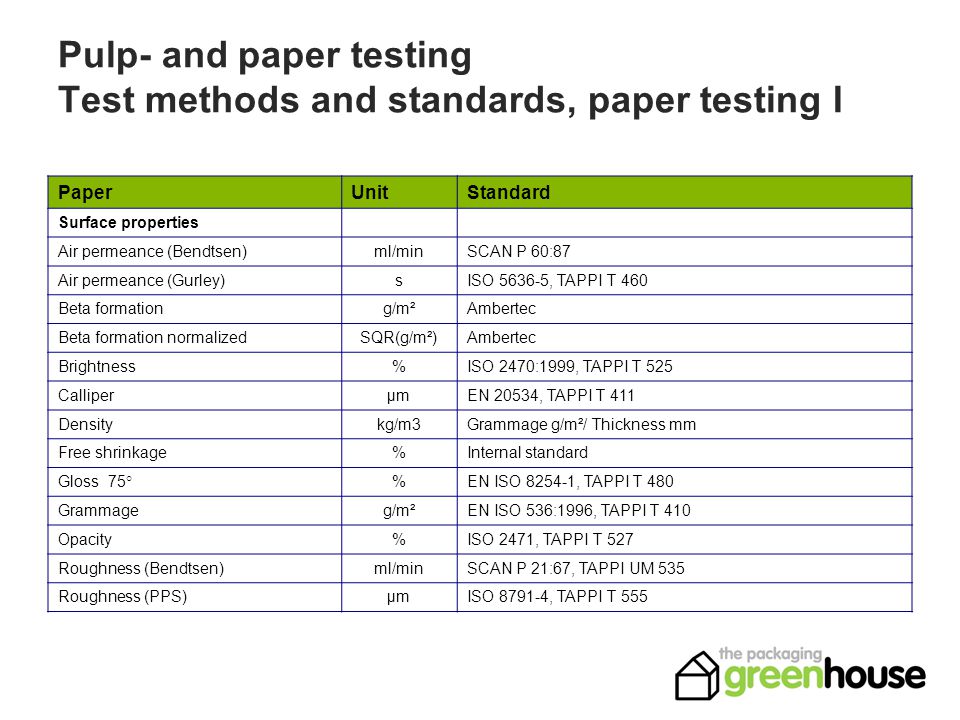- Tappi Versus Iso Brightness Scale Comparison
- Tappi Versus Iso Brightness Scale Calibration
- Tappi Brightness
- Iso Brightness Scale

Brightness is measured in several different ways: In the United States and Canada, brightness is most often measured by the TAPPI (Technical Association of the Pulp and Paper Industry) scale, which compares the amount of light reflected by the paper surface to the amount of the same wavelength of light reflected by magnesium oxide, one of the. WHAT IS BRIGHTNESS? STANDARD TESTS: PRINT RESULTS: Brightness is the measurement of how much blue light (the 457 nanometer wavelength) is reflected off the surface of a sheet of paper. A percentage between 1 and 100 is determined. There are three standard tests used to determine brightness: TAPPI in North America, and ISO and D65 in Europe.

This entry is a stub, a starting point for writing a full entry. You can help PrintWiki by expanding it! Just click the 'Edit' button.
Tappi Versus Iso Brightness Scale Comparison
Paper brightness is a gauge of how well the lignin component of paer has been removed from the paper pulp. Papers with large amounts of residual lignin will have lower brightness. Paper mills use fillers such as, calcium carbonate, chalk, and titanium dioxide to increase the brightness of a paper.

Measuring Paper Brightness
Tappi Versus Iso Brightness Scale Calibration

Tappi Brightness
Paper brightness can be tested using 2 different methods. In the US, the TAPPI T 452 standard is used. The international community uses ISO standards, the ISO brightness tester. The TAPPI T 452 standard calls for a pad of paper to be illuminated at 45º and the resulting reflected light read at the 457 nm. – Which falls in the blue portion of the visible light spectrum.
Iso Brightness Scale
The test is sensitive to the grain direction of the paper, so measurements must paper direction must remain consistent during the test. The brightness scale is based on the 100% reflectance of a standard magnesium oxide tile.